NASA's Hubble spots two potentially habitable exoplanets
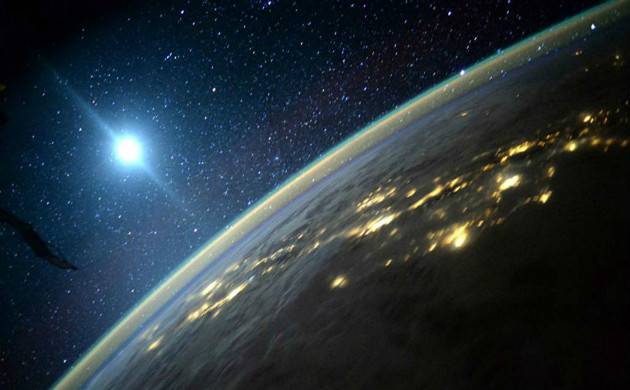
Using NASA’s Hubble
Space Telescope, astronomers have conducted the first search for atmospheres
around Earth-sized planets beyond our solar system and found two potentially
habitable exoplanets located about 40 light-years away.
They discovered that the exoplanets TRAPPIST-1b and TRAPPIST-1c, are unlikely to have puffy, hydrogen-dominated atmospheres usually found on gaseous worlds.
“The lack of a smothering hydrogen-helium envelope increases the chances for habitability on these planets,” said Nikole Lewis of the Space Telescope Science Institute (STScI) in the U.S.
“If they had a significant hydrogen-helium envelope, there is no chance that either one of them could potentially support life because the dense atmosphere would act like a greenhouse,” said Lewis.
The planets orbit a red dwarf star at least 500 million years old, in the constellation of Aquarius.
TRAPPIST-b completes a circuit around its red dwarf star in 1.5 days and TRAPPIST-1c in 2.4 days. The planets are between 20 and 100 times closer to their star than Earth is to the Sun.
Since their star is so much fainter than our Sun, researchers think that at least one of the planets, TRAPPIST-1c, may be within the star’s habitable zone, where moderate temperatures could allow for liquid water to pool.
10pt;">Astronomers took
advantage of a rare simultaneous transit on May 4, when both planets crossed
the face of their star within minutes of each other, to measure starlight as it
filtered through any existing atmosphere.
This double-transit, which occurs only every two years, provided a combined signal that offered simultaneous indicators of the atmospheric characters of the planets.
Julien de Wit of the Massachusetts Institute of Technology led a team of scientists to observe the planets in near-infrared light using Hubble’s Wide Field Camera 3.
They used spectroscopy to decode the light and unveil clues to the chemical makeup of an atmosphere. While the content of the atmospheres is unknown and will have to await further observations, the low concentration of hydrogen and helium has scientists excited about the implications.
“These initial Hubble observations are a promising first step in learning more about these nearby worlds, whether they could be rocky like Earth, and whether they could sustain life,” said Geoff Yoder, from NASA’s Science Mission Directorate in Washington.
“With more data, we could perhaps detect methane or see water features in the atmospheres, which would give us estimates of the depth of the atmospheres,” said Hannah Wakeford, from NASA’s Goddard Space Flight Centre in the U.S.
The findings appear in the journal Nature.
AIMIM News
Latest Urdu News
Most Viewed
Can Lionel Messi's visit boost Indian football?

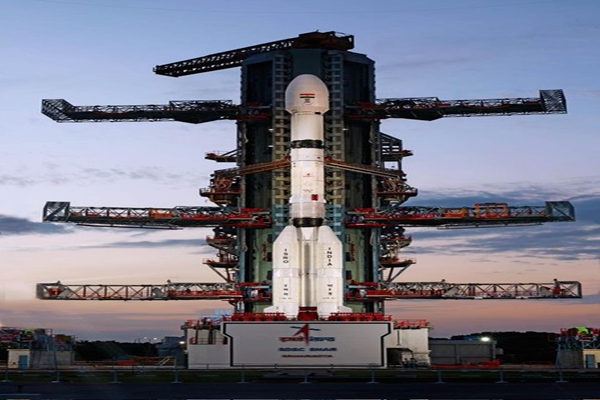

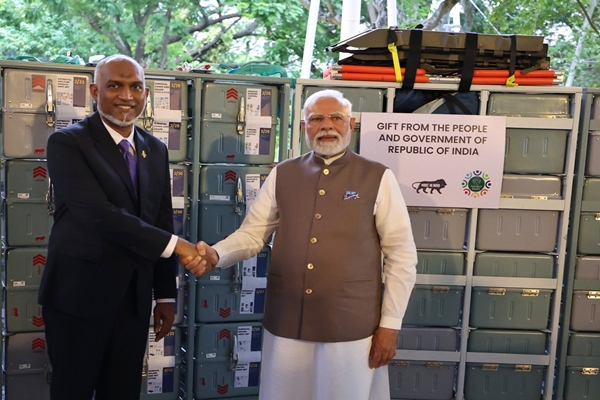



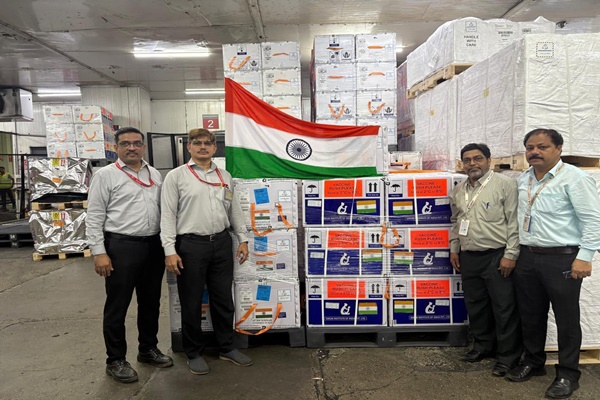
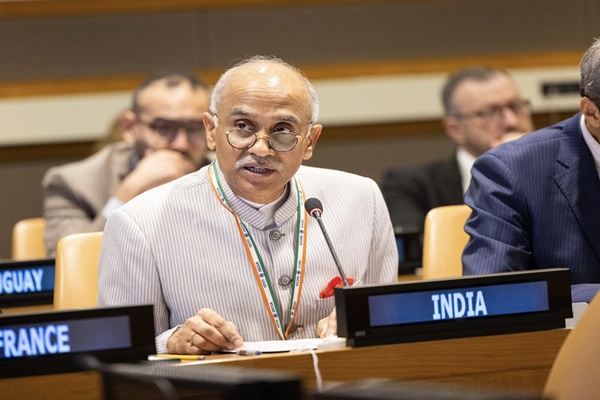






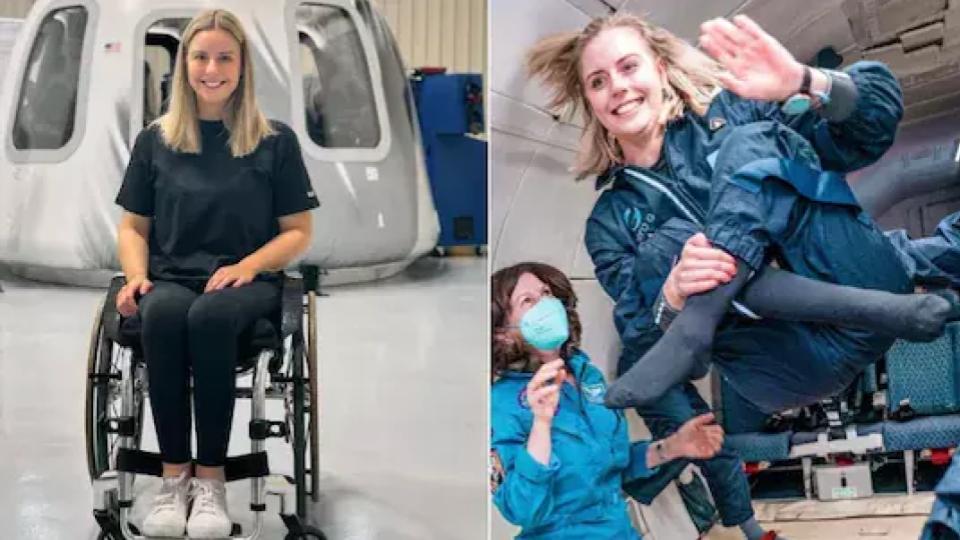



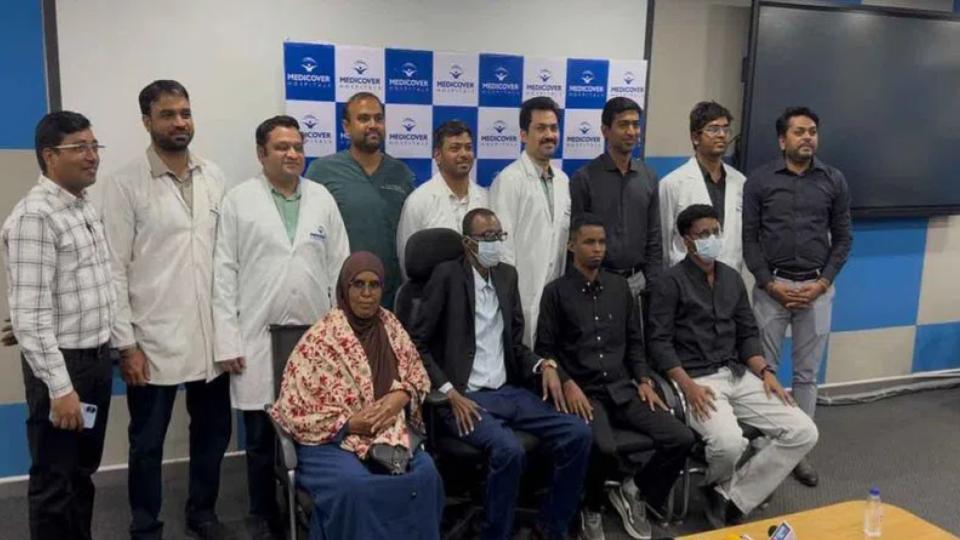






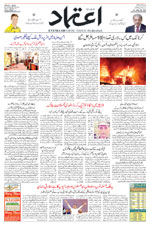


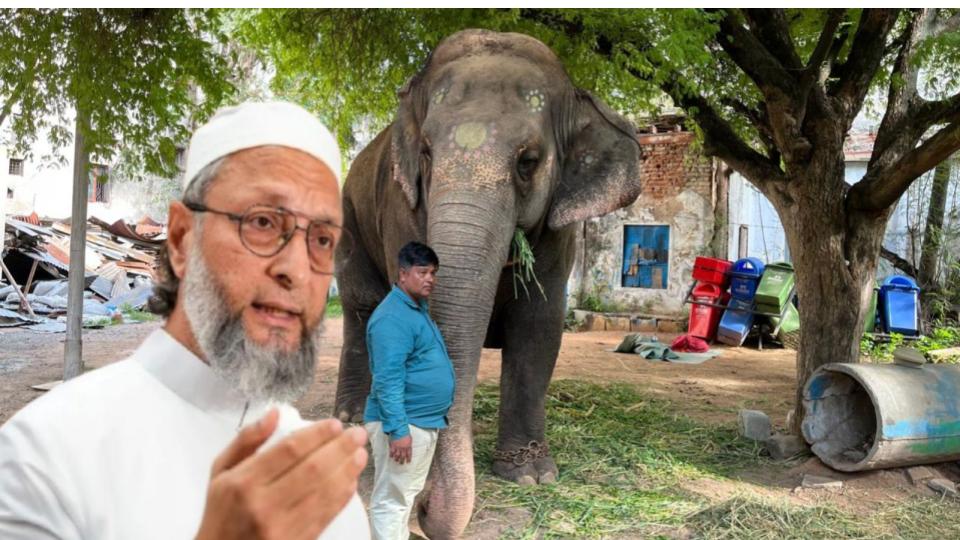



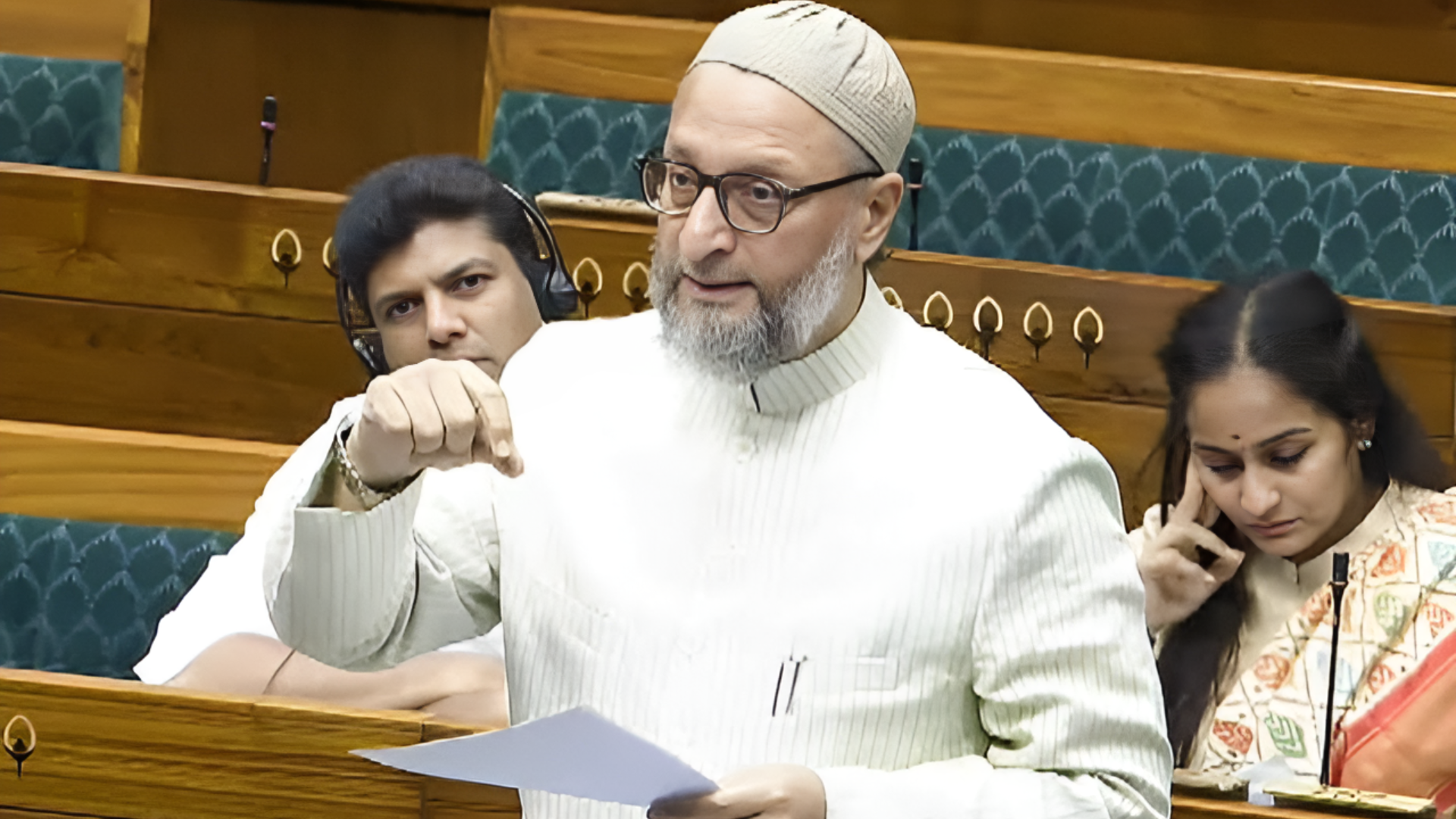



.jpg)
.jpg)
.jpg)


